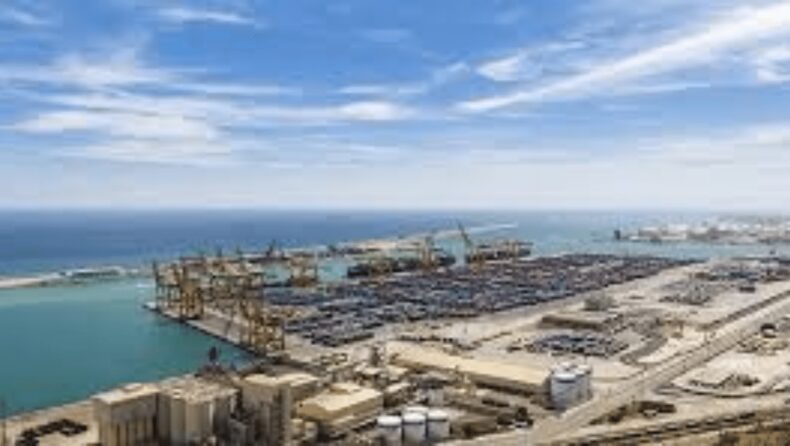G7 or the Group of seven countries has announced an infrastructure programme as a possible course of action for the developing countries to counter China’s Belt and Road Initiative.
China makes an effort to project itself to assist developing countries in the sectors of infrastructure and economic development, nevertheless only to attract the countries to fall into the debt trap.
The countries that fall debt trap in china are usually low and middle-income countries like Pakistan and Sri Lanka.
Many of the recipients of Chinese investments have cried over the debt trap diplomacy as an outcome of the Belt and Road Initiative.
G7 new initiative
The group of seven countries popularly called G7 countries includes the United States, Canada, Japan, Italy, France, Germany and the United Kingdom.
The G7 Countries along with the European Union have introduced the Partnership for Global Infrastructure and Investment (PGII).

The PGII is an alternative process for developing countries to return or decrease the untoward impact of China’s Belt and Road initiative.
PGII to boost infrastructure
The main purpose of the PGII scheme is to provide financial assistance to countries which are in dire need of critical infrastructure like the construction of roads, bridges, and ports as well as communication resources.
Besides, the PGII also aims to better global health conditions, aid to build digital infrastructure, and gender equality and tackle climate change.
Under the PGII scheme, the G7 countries have guaranteed USD 600 billion and more by 2027. As part of the scheme for more financial assistance biggest private capital also be organised.
In Chinese projects, most of them are low cost and standard whereas, in the PGII initiative, the projects are of high quality and meet global standards.
South Asian countries are more affected by the BRI scheme
The economies of Sri Lanka and Pakistan are worst affected after the entry of China’s Belt and Road Initiative.
The island nation has taken a huge loan for the Hambantota Port during the 2015 general elections. The Sri Lanka government has looked for assistance from the Chinese government.
After negotiations on defence view, make sure china’s military was able to get ingress to the port.

Meanwhile, in Pakistan, making an effort for the security of the flagship scheme of the Chinese government China Pakistan Economic Corridor (CPEC), the dragon country has avoided the Pakistan government and reached out to the Baloch separatists.
The Chinese government is least interested in ensuring Pakistan’s economic stability.
Economies from bad to worst
Both the south Asian countries have fallen debt trap of the Chinese government for building their infrastructure and economic development stands out to be erroneous choices.
Especially in the island nation Sri Lanka, the situation of the economic crisis was much dependent and the country failed to import essential commodities like fuel and food products to its people.

Earlier, the Sri Lanka government announced bankruptcy and the top brass of the government the President and Prime Minister had to resign from their posts. In a bizarre situation, the president was forced to flee the country.
Belt and Road initiative loans are disguised in transparent situations. The Chinese government often interferes in the internal governance of the loan recipient countries such as Pakistan and Sri Lanka.
The Belt and Road initiatives projects are also highly unethical.
The construction port in the South American country Peru I.e. the Chancay Multipurpose Port Terminal at ease to destroy indigenous flora and fauna and emit substantial toxic pollutants and relocate the local communities of a small city located north of Lima.

The Chinese government is cynical about the result of PGII and asserts that other countries and G7 countries to be part of the Belt and Road Initiative.













